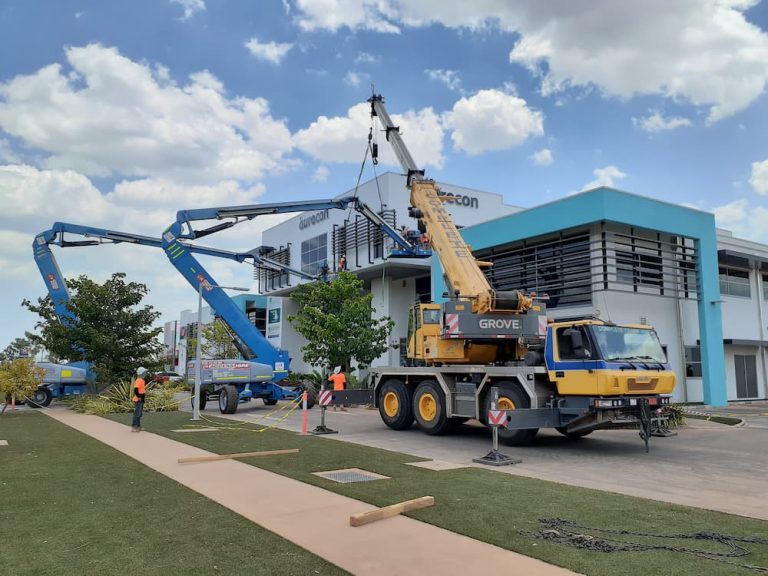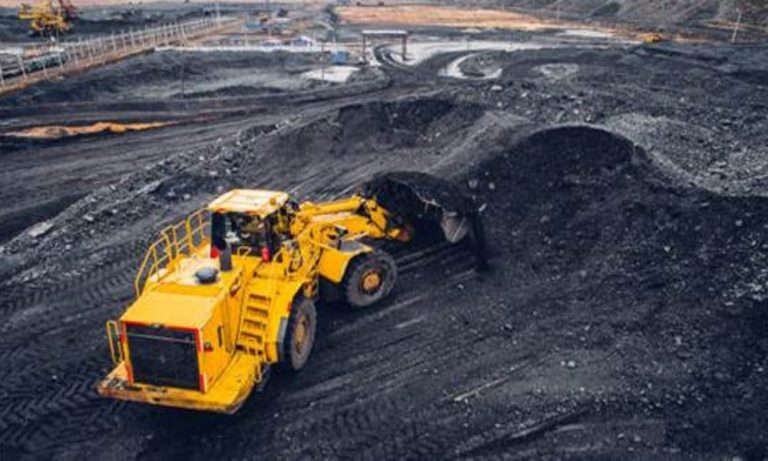
A mesh office chair represents more than merely a seating solution; it embodies a fundamental shift in how we conceptualise workplace ergonomics and human comfort within contemporary professional environments. The evolution of office furniture reflects broader transformations in our understanding of productivity, health, and the relationship between physical well-being and intellectual output. As we navigate modern work culture, particularly in climatically challenging environments like Singapore, thoughtful seating design becomes increasingly significant.
The emergence of breathable office seating solutions signals a departure from traditional approaches that prioritised aesthetic appeal over functional necessity. This transformation mirrors broader patterns throughout history: moments when practical innovation disrupts established conventions, reshaping entire industries.
Understanding the Anatomical Imperative
The human spine, with its intricate curvature and delicate balance of muscles, ligaments, and vertebrae, was not designed for prolonged static positioning. Contemporary work patterns, however, demand extended periods of seated concentration, creating a physiological paradox. Traditional office chairs, with their solid backs and limited ventilation, often exacerbate this challenge by creating thermal stress and restricted air circulation.
Mesh technology addresses these concerns through a sophisticated understanding of biomechanics and thermodynamics. The perforated structure allows continuous air circulation whilst maintaining structural integrity sufficient to support the human frame. This dual functionality represents a remarkable achievement in materials engineering, addressing multiple physiological requirements simultaneously.
The elasticity inherent in quality mesh materials provides what engineers term ‘dynamic support.’ Unlike rigid surfaces that create pressure points, mesh adapts to individual body contours whilst maintaining consistent back support. This adaptability proves particularly valuable for diverse user populations, accommodating varying body types and postural preferences without compromising ergonomic principles.
Singapore’s Unique Environmental Considerations
Singapore’s tropical climate presents distinctive challenges for office furniture selection, challenges that illuminate the relationship between environmental conditions and workplace design. The mesh material is ideal for Singapore’s climate, and it’s also quite simple to put up and incredibly comfy to sit on, reflecting practical understanding that transcends mere comfort.
The city state’s elevated temperatures and humidity levels create conditions where traditional upholstered seating becomes problematic. Leather and dense fabric surfaces retain heat and moisture, leading to discomfort that directly impacts concentration and productivity. Mesh seating solutions offer passive climate control, allowing body heat to dissipate naturally whilst maintaining professional appearance standards.
Local professionals increasingly recognise these advantages. In 2025, enhanced mesh designs will take centre stage, offering more flexibility, improved support, and better ventilation. Mesh chairs with reinforced ergonomic features will also be available, combining comfort with the sleek, minimalist look that’s so popular in modern offices. This trend reflects both practical necessity and evolving aesthetic preferences within Singapore’s business community.
The Science Behind Ergonomic Excellence
Contemporary mesh chair design incorporates advanced understanding of human factors engineering, drawing upon research into postural mechanics and workplace physiology. The key lies in achieving ‘neutral spine positioning’: maintaining the natural S curve of the human spine whilst accommodating individual variations in anatomy and working postures.
Quality mesh seating systems typically incorporate several critical features:
• Lumbar support mechanisms that adjust to individual spine curvature requirements
• Dynamic tension systems that respond to user movement whilst maintaining support integrity
• Breathable materials engineered specifically for extended contact with human skin
• Adjustable armrest configurations that accommodate various desk heights and working positions
• Tilt mechanisms that allow natural postural variations throughout the working day
These elements work in concert to create ‘active sitting’: a state where the body maintains engagement with the seating surface whilst avoiding muscular strain associated with static positioning.
Economic Implications and Workplace Investment
The decision to invest in quality mesh seating solutions reflects strategic considerations about workplace productivity and employee well-being. Research demonstrates correlations between ergonomic working conditions and performance indicators: reduced absenteeism, decreased workers’ compensation claims, enhanced job satisfaction, and improved retention rates.
For Singapore businesses operating in competitive talent markets, these considerations carry particular weight. The cost differential between basic and ergonomically sophisticated seating solutions often proves minimal when calculated across useful life, particularly when factoring productivity gains and reduced health-related workplace issues.
Furthermore, the durability characteristics of quality mesh materials frequently exceed those of traditional upholstery options. Mesh surfaces resist staining, require minimal maintenance, and maintain structural integrity across extended use. These practical advantages contribute to favourable total cost calculations.
Future Directions in Ergonomic Innovation
The trajectory of mesh chair development suggests continued evolution in materials science and ergonomic understanding. Emerging technologies incorporate smart sensors capable of monitoring posture and providing real-time feedback, transforming passive furniture into active wellness tools.
Advanced mesh materials now incorporate antimicrobial treatments, addressing hygiene concerns particularly relevant in shared workspace environments. Some manufacturers explore temperature-regulating fibres that actively manage heat dissipation, pushing beyond passive ventilation towards active climate control.
These innovations reflect a broader trend towards personalised workplace solutions, recognising that optimal ergonomics requires accommodation of individual differences rather than adherence to standardised approaches.
Making Informed Selection Decisions
Choosing appropriate mesh seating solutions requires careful consideration of factors beyond initial purchase price. Quality indicators include mesh material thickness and weave density, frame construction materials, adjustment mechanism sophistication, and warranty terms.
Testing potential selections under realistic working conditions proves essential, as individual responses to ergonomic features vary considerably. Many Singapore suppliers now offer trial periods or demonstration programmes, acknowledging that specifications cannot fully predict user satisfaction.
The integration of aesthetic preferences with functional requirements demands thoughtful evaluation. Contemporary mesh designs successfully balance professional appearance expectations with ergonomic necessities, offering options suitable for various workplace environments from traditional corporate settings to contemporary co-working spaces.
As workplace design continues evolving towards human-centred approaches, the role of ergonomic seating becomes increasingly central to creating environments that genuinely support both individual well-being and organisational productivity. Quality mesh office chair solutions represent essential investments in this transformation, offering immediate benefits whilst positioning organisations for continued adaptation to changing work patterns and expectations.




